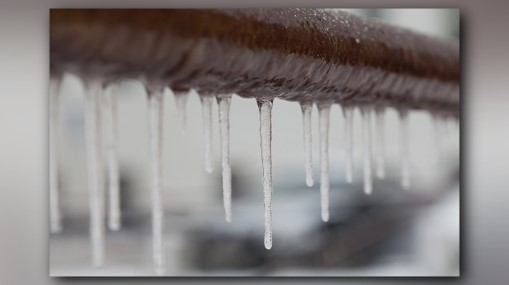How to Protect Your Plumbing from Cold Weather: Essential Strategies
How to Protect Your Plumbing from Cold Weather: Essential Strategies
Blog Article
How do you really feel in relation to Helpful Tips to Prevent Frozen Pipes this Winter?

Cold weather can ruin your plumbing, especially by freezing pipes. Right here's just how to avoid it from taking place and what to do if it does.
Intro
As temperature levels decline, the threat of icy pipelines increases, possibly leading to costly repair work and water damage. Recognizing how to prevent icy pipes is critical for house owners in chilly environments.
Comprehending Frozen Pipes
What triggers pipes to freeze?
Pipes freeze when revealed to temperature levels listed below 32 ° F (0 ° C) for expanded periods. As water inside the pipelines freezes, it expands, taxing the pipeline walls and possibly causing them to break.
Risks and damages
Icy pipes can result in water interruptions, building damage, and expensive repairs. Burst pipelines can flood homes and trigger considerable architectural damage.
Signs of Frozen Piping
Determining frozen pipelines early can avoid them from bursting.
How to identify frozen pipes
Look for reduced water flow from faucets, uncommon smells or noises from pipelines, and noticeable frost on subjected pipelines.
Avoidance Tips
Protecting at risk pipelines
Cover pipelines in insulation sleeves or make use of warm tape to shield them from freezing temperature levels. Focus on pipes in unheated or outside areas of the home.
Home heating methods
Maintain interior areas sufficiently heated up, especially areas with pipes. Open up cabinet doors to permit warm air to circulate around pipelines under sinks.
Safeguarding Outside Pipes
Garden hoses and outside taps
Detach and drain pipes garden pipes prior to winter months. Mount frost-proof faucets or cover outside taps with protected caps.
What to Do If Your Pipelines Freeze
Immediate activities to take
If you presume icy pipes, maintain taps available to relieve pressure as the ice melts. Utilize a hairdryer or towels taken in warm water to thaw pipelines gradually.
Long-Term Solutions
Architectural changes
Think about rerouting pipelines far from exterior walls or unheated areas. Include additional insulation to attics, basements, and crawl spaces.
Upgrading insulation
Buy top quality insulation for pipes, attic rooms, and walls. Proper insulation helps keep constant temperatures and decreases the danger of frozen pipelines.
Verdict
Avoiding frozen pipelines needs aggressive actions and fast actions. By comprehending the causes, indicators, and preventive measures, homeowners can safeguard their pipes during cold weather.
5 Ways to Prevent Frozen Pipes
Drain Outdoor Faucets and Disconnect Hoses
First, close the shut-off valve that controls the flow of water in the pipe to your outdoor faucet. Then, head outside to disconnect and drain your hose and open the outdoor faucet to allow the water to completely drain out of the line. Turn off the faucet when done. Finally, head back to the shut-off valve and drain the remaining water inside the pipe into a bucket or container. Additionally, if you have a home irrigation system, you should consider hiring an expert to clear the system of water each year.
Insulate Pipes
One of the best and most cost-effective methods for preventing frozen water pipes is to wrap your pipes with insulation. This is especially important for areas in your home that aren’t exposed to heat, such as an attic. We suggest using foam sleeves, which can typically be found at your local hardware store.
Keep Heat Running at 65
Your pipes are located inside your walls, and the temperature there is much colder than the rest of the house. To prevent your pipes from freezing, The Insurance Information Institute suggests that you keep your home heated to at least 65 degrees, even when traveling. You may want to invest in smart devices that can keep an eye on the temperature in your home while you’re away.
Leave Water Dripping
Moving water — even a small trickle — can prevent ice from forming inside your pipes. When freezing temps are imminent, start a drip of water from all faucets that serve exposed pipes. Leaving a few faucets running will also help relieve pressure inside the pipes and help prevent a rupture if the water inside freezes.
Open Cupboard Doors
Warm your kitchen and bathroom pipes by opening cupboards and vanities. You should also leave your interior doors ajar to help warm air circulate evenly throughout your home.

I ran across that blog entry on How To Avoid Freezing Pipes while doing a lookup on the web. Sharing is caring. Helping people is fun. Thanks so much for taking the time to read it.
Automated Marketing Report this page